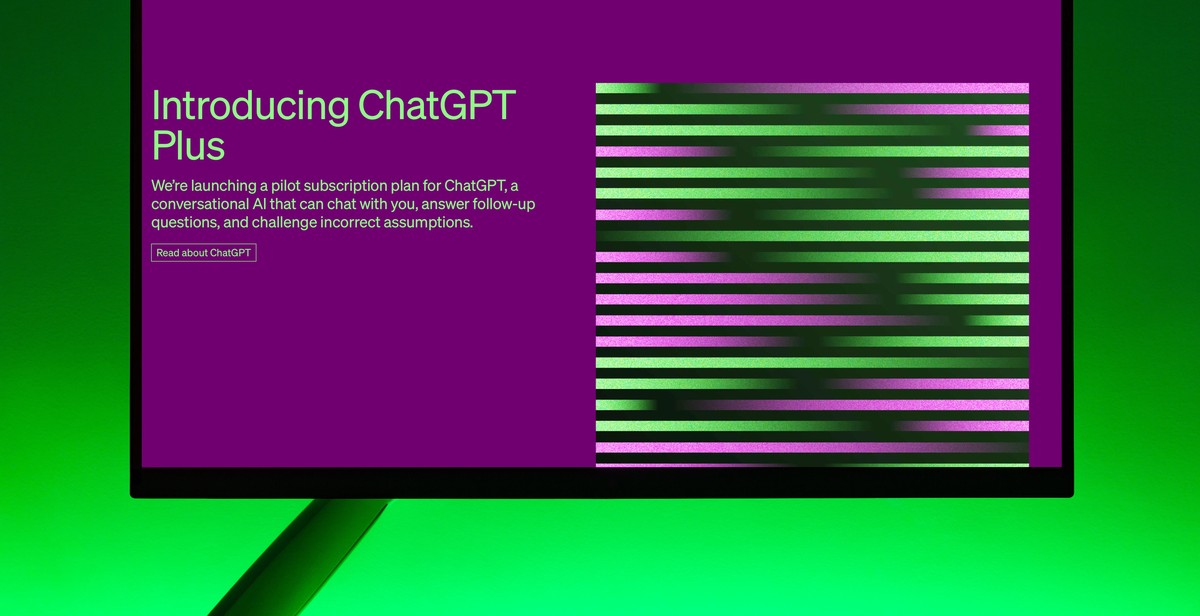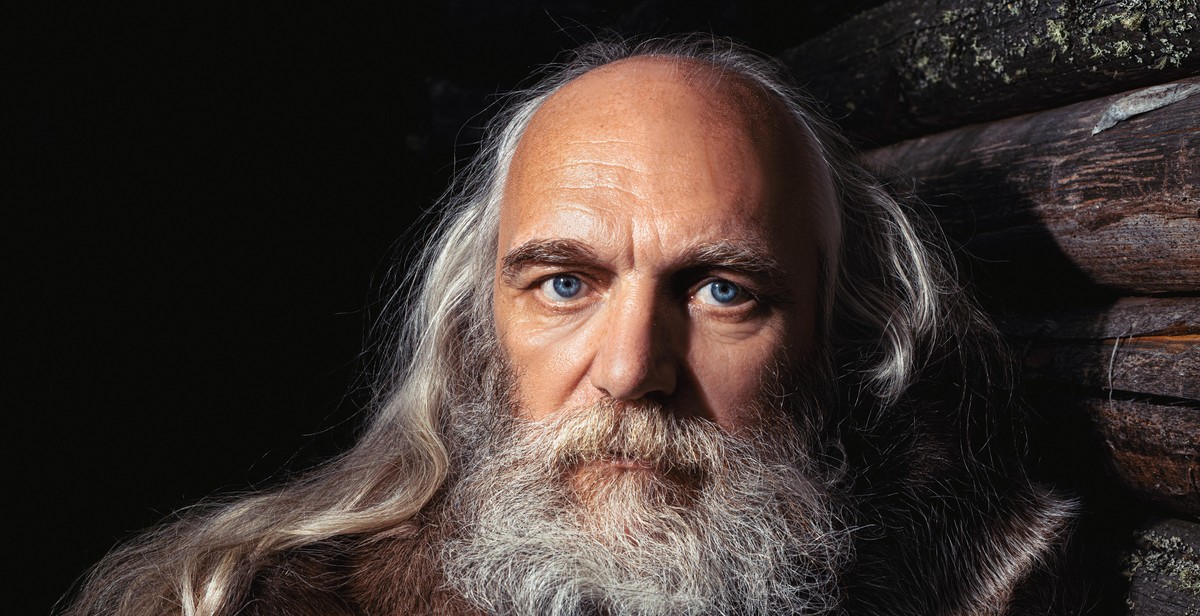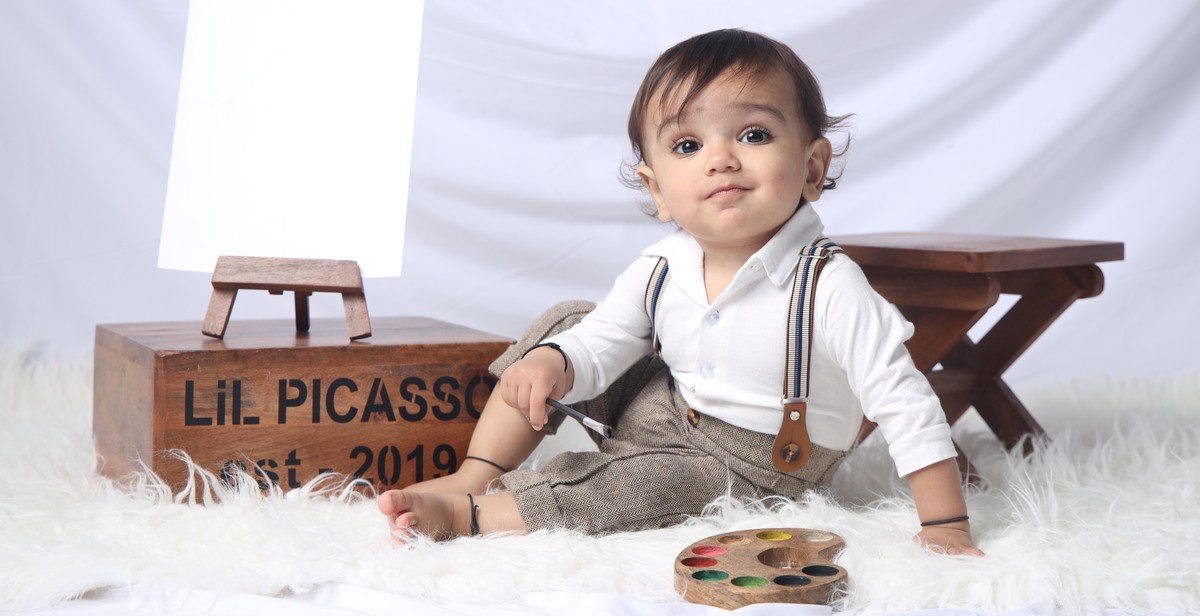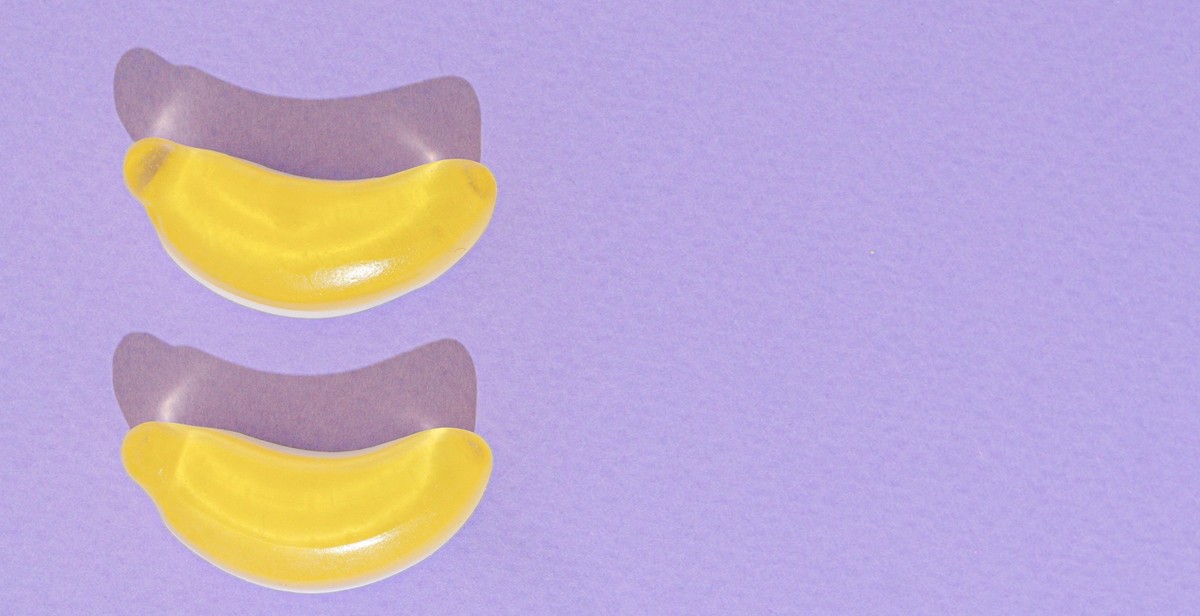Introduction
Artificial Intelligence (AI) has emerged as a powerful tool that is revolutionizing various industries, and the world of arts is no exception. The intersection of creativity and technology has opened up new possibilities for artists, allowing them to explore uncharted territories and push the boundaries of their imagination.
AI has the ability to analyze vast amounts of data, recognize patterns, and generate unique outputs, making it an ideal companion for artists seeking innovative approaches to their craft. From visual arts to music, literature to performance, AI is transforming how art is created, consumed, and experienced.
In this article, we will delve into the fascinating world of AI and its impact on the arts. We will explore how AI algorithms are being used to generate artwork, compose music, write poetry, and even create immersive virtual reality experiences. We will also examine the ethical and philosophical implications of AI in art, addressing questions of authorship, creativity, and the human-machine relationship.
Join us as we embark on a journey to discover the potential of AI in the realm of arts. Whether you are an artist seeking inspiration or a technology enthusiast curious about the latest advancements, this article will provide you with valuable insights into the exciting fusion of creativity and technology.
The Role of AI in the Arts
Artificial Intelligence (AI) has revolutionized various industries, and the arts are no exception. From visual arts to music composition and even literature, AI has made significant contributions to the creative process, pushing the boundaries of what is possible.
AI in Visual Arts
In the realm of visual arts, AI has enabled artists to explore new horizons. Through the use of algorithms and machine learning, AI can analyze patterns and generate unique and innovative artwork. From creating digital paintings to generating abstract designs, AI has the ability to produce visually stunning pieces that challenge traditional notions of art.
Moreover, AI has also become a valuable tool for assisting artists in their creative process. By analyzing vast amounts of data, AI algorithms can provide insights and suggestions, helping artists refine their ideas and improve their work.
AI in Music and Composition
The use of AI in music composition has opened up exciting possibilities for musicians and composers. AI algorithms can analyze existing musical compositions and generate new melodies, harmonies, and rhythms that are both original and captivating. This technology has the potential to inspire musicians and push the boundaries of musical creativity.
Additionally, AI has also been used in live performances, where it can generate real-time accompaniment or respond dynamically to the musicians’ input. This interaction between human performers and AI systems creates unique and immersive musical experiences.
AI in Literature and Writing
AI has also made its mark in the realm of literature and writing. Natural Language Processing (NLP) algorithms enable AI systems to analyze vast amounts of text and generate coherent and engaging written content. This technology has been used to create news articles, blog posts, and even works of fiction.
Furthermore, AI has also been employed as a tool to assist writers in the editing and proofreading process. By analyzing grammar, style, and tone, AI algorithms can provide suggestions for improving the clarity and impact of written work.
In conclusion, AI’s role in the arts is multifaceted and constantly evolving. From generating visual art to composing music and even assisting in the writing process, AI has become a powerful tool for artists and creators. As technology continues to advance, the intersection of creativity and AI promises to push the boundaries of artistic expression.

Challenges and Controversies
While the intersection of creativity and technology has opened up exciting possibilities for the arts, it also brings forth several challenges and controversies that need to be addressed. This section explores some of the key issues surrounding AI and its impact on the artistic landscape.
Authenticity and Originality
One of the primary concerns in the realm of AI and the arts is the question of authenticity and originality. As AI algorithms become more sophisticated, they can create artwork that closely mimics the style of renowned artists. This raises questions about the true authorship and whether AI-generated art can be considered truly original. Critics argue that AI lacks the human experience, emotions, and intentionality that are essential aspects of artistic creation.
Ethical Considerations
The ethical implications of AI in the arts are multifaceted. For instance, there are concerns about privacy and data security when artists use AI tools that collect and analyze personal information. Additionally, the use of AI algorithms to create art raises questions about the ownership and commercialization of AI-generated works. Should AI-generated art be protected by copyright laws, or does it belong to the developers who created the algorithms?
Human vs. AI Collaboration
The notion of collaboration between humans and AI in the creative process is both intriguing and contentious. Some argue that AI can enhance human creativity by providing new perspectives and possibilities. However, others worry about the potential loss of human agency and the replacement of human artists by AI. The balance between human input and AI algorithms raises questions about the role of the artist and the impact of AI on the artistic community.
In conclusion, while AI has the potential to revolutionize the arts, it also raises complex challenges and controversies. Issues of authenticity, ethics, and collaboration between humans and AI need to be carefully examined and addressed to ensure the responsible and sustainable integration of technology in the artistic realm.

Exploring AI-Generated Art
Artificial Intelligence (AI) has made significant strides in the realm of creative expression. Through advanced algorithms and deep learning techniques, AI is now capable of generating art that blurs the lines between human and machine creativity. In this section, we will delve into some of the fascinating applications of AI in the creation of visual art, music, and more.
Generative Adversarial Networks (GANs)
One of the most popular approaches to AI-generated art is through the use of Generative Adversarial Networks (GANs). GANs consist of two neural networks: a generator and a discriminator. The generator creates new images or artworks, while the discriminator evaluates their authenticity. Through an iterative process, GANs continuously refine their ability to generate realistic and visually appealing pieces.
DeepDream and Style Transfer
DeepDream is another intriguing technique that utilizes AI to create unique and surreal visual art. By applying neural networks in reverse, DeepDream algorithms enhance patterns and features within existing images, resulting in intricate and dreamlike compositions. Style Transfer, on the other hand, combines the style of one image with the content of another, producing stunning visual combinations that reflect the fusion of artistic influences.
AI-Generated Music
Music, too, has not been spared from the impact of AI. With the help of AI algorithms, composers and musicians can now explore new realms of sound and composition. AI-generated music can mimic the style of renowned composers or create entirely new and innovative melodies. By analyzing vast amounts of musical data, AI can learn patterns and generate harmonies, rhythms, and melodies that resonate with listeners.
In conclusion, AI has revolutionized the creative landscape by pushing the boundaries of what is possible in art. Through GANs, DeepDream, and style transfer, AI-generated art has become a fascinating exploration of the intersection between technology and human creativity. Moreover, AI-generated music offers new avenues for musical expression. As AI continues to evolve, we can expect even more exciting developments in the realm of AI-generated art.

Impacts on the Artistic Process
Artificial Intelligence (AI) has revolutionized the artistic process, offering new tools and techniques that have transformed the way artists create and express themselves. This section explores the impacts of AI on the artistic process, focusing on enhanced creativity and inspiration, as well as increased accessibility.
New Tools and Techniques
AI has introduced a wide range of new tools and techniques that artists can leverage to push the boundaries of their creativity. Machine learning algorithms can analyze vast amounts of data and generate unique insights, helping artists discover new perspectives and ideas. Moreover, AI-powered software and applications provide artists with advanced editing and manipulation capabilities, enabling them to experiment with different styles, effects, and mediums.
Additionally, AI algorithms can generate content autonomously, creating artwork, music, or even poetry. This allows artists to collaborate with AI systems, blurring the line between human and machine creativity. By integrating AI tools into their artistic process, artists can explore uncharted territories, challenge conventions, and create truly innovative and groundbreaking works.
Enhanced Creativity and Inspiration
AI has the potential to enhance creativity and inspire artists in ways previously unimaginable. By analyzing vast amounts of data, AI algorithms can identify patterns, trends, and connections that humans may overlook. This enables artists to gain fresh insights and perspectives, sparking new ideas and fueling their creative process.
Moreover, AI can act as a collaborator, assisting artists in brainstorming and generating ideas. AI systems can suggest alternative approaches, combinations, or even new subject matters, expanding the artist’s creative horizons. This collaboration between human imagination and AI’s computational power can lead to the creation of truly unique and innovative works of art.
Increased Accessibility
AI has made art more accessible to a broader audience, breaking down barriers and democratizing the creative process. With AI-powered tools and platforms, individuals with limited artistic skills or resources can create compelling artwork. AI algorithms can assist in generating realistic visuals or optimizing compositions, enabling amateurs to produce high-quality artwork without extensive training or experience.
Furthermore, AI has also made art more inclusive and diverse. By analyzing and learning from a wide range of artistic styles and cultural influences, AI algorithms can facilitate cross-cultural collaborations and foster the exploration of different artistic traditions. This allows artists from diverse backgrounds to share their unique perspectives and contribute to a more inclusive art community.

The Future of AI in the Arts
Artificial Intelligence (AI) has emerged as a transformative force across various industries, and the arts are no exception. As technology continues to advance, AI is increasingly being recognized as a powerful tool that can revolutionize the creative process, enhance collaboration, and provide critical feedback in the world of art.
AI as a Muse
AI can serve as a muse for artists, inspiring them with new ideas and pushing the boundaries of creativity. By analyzing vast amounts of data, AI algorithms can identify patterns, trends, and insights that humans might not have discovered on their own. This can lead to the creation of unique and thought-provoking artworks that challenge traditional notions of aesthetics.
AI as a Collaborator
Collaboration between humans and AI is becoming increasingly common in the arts. AI algorithms can assist artists in generating initial concepts, refining designs, and even producing art autonomously. This partnership allows artists to leverage the computational power of AI to explore new techniques, experiment with different styles, and unlock new possibilities in their artistic practice.
AI as a Critic
AI can also play the role of a critic, providing valuable feedback and analysis on artworks. By training AI models on vast art databases, these systems can learn to evaluate and critique art based on various criteria, such as composition, color theory, and emotional impact. This feedback can help artists refine their work, make more informed decisions, and ultimately improve the quality of their art.
In conclusion, the future of AI in the arts holds immense potential. From acting as a muse to facilitating collaboration and providing critical feedback, AI is poised to reshape the creative landscape. As artists continue to embrace and harness the power of AI, we can expect to witness groundbreaking artistic expressions that merge human ingenuity with technological innovation.
